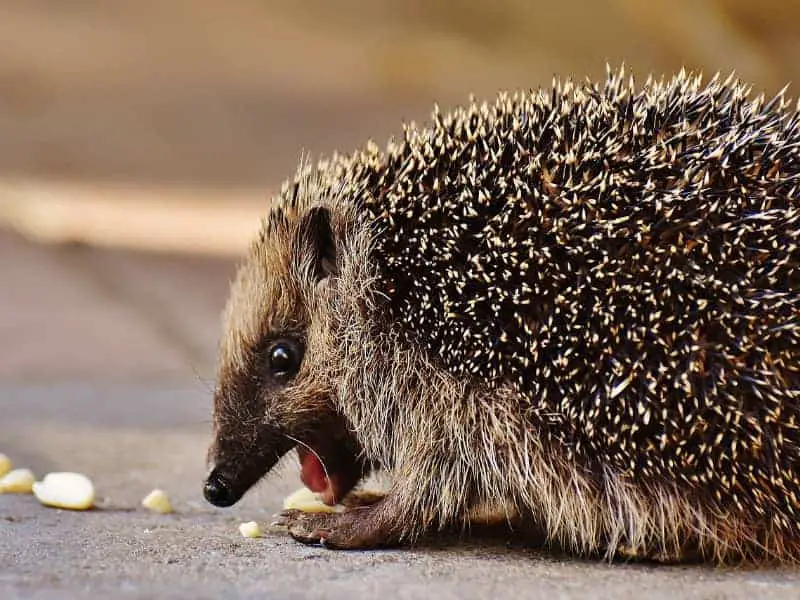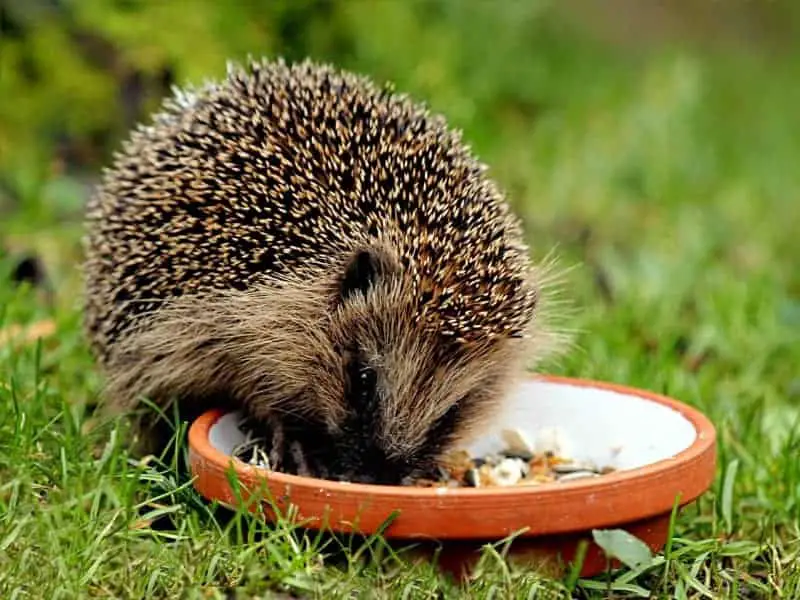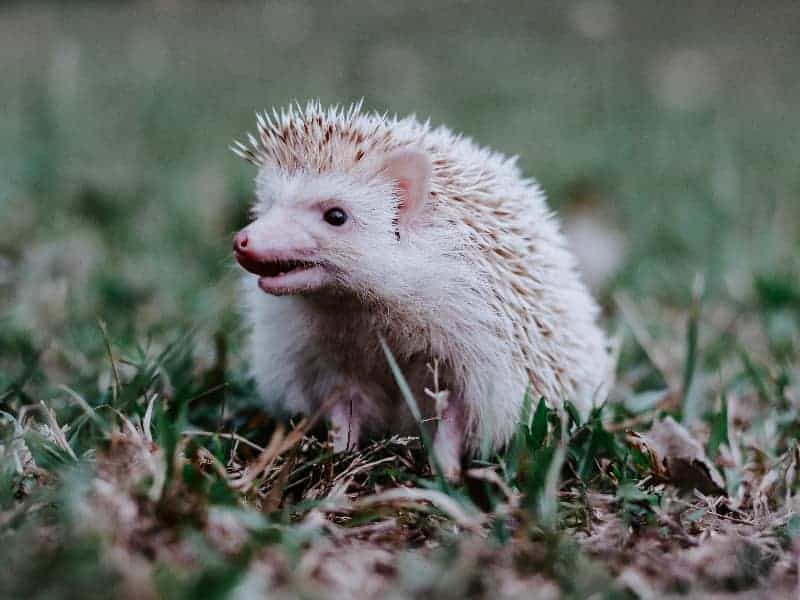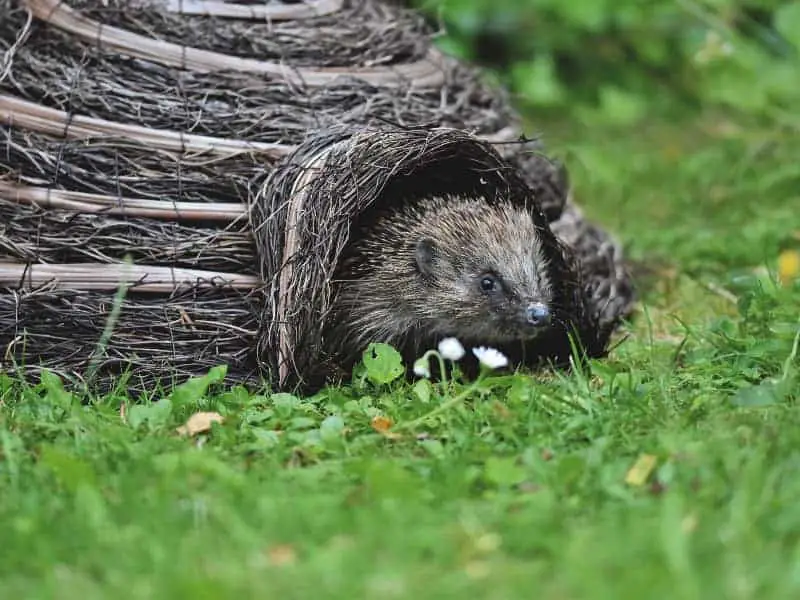
Can hedgehogs hear well?
The world of hedgehogs is fascinating and diverse, especially when it comes to their sensory organs. In this section, we focus on the auditory world of our prickly friends, with the main focus on the question: "Can hedgehogs hear well?"
Can hedgehogs hear well? - Anatomical basics
A hedgehog's ears are more than just cute little outgrowths on the side of its head. In fact, they play a crucial role in the sensory perception of these animals. The ears are relatively small and often partially covered by fur, which makes them less noticeable. Nevertheless, they are highly functional and can detect a range of frequencies that are useful to the hedgehog in everyday life.
When looking at the anatomy, it is noticeable that the structure of the hedgehog's ear is optimized for its special needs. The auditory canals are narrow and lead to an eardrum that is sensitive enough to perceive even soft sounds. This hearing ability is particularly important as hedgehogs are often out and about at night and have to rely on their sensory organs to find their way in the dark.
Overview of the sensory perceptions of hedgehogs
Hedgehogs not only rely on their hearing, but also use other senses to find their way around their environment. Olfactory perception, i.e. the sense of smell, is particularly pronounced, for example. But the sense of touch via the tactile hairs and visual perception also play a role.
The sense of smell is primarily important for foraging. This often involves a combination of olfactory and auditory stimuli in order to effectively locate prey or food sources. For example, the hedgehog could hear the rustling of an insect and at the same time perceive its smell, which makes the search easier.
Even if the Hedgehogs are usually loners social interactions and communication should not be underestimated. This is where hearing comes into play again. Acoustic signals can convey a wide range of information, from warning of danger to communication between mother and young.
The role of hearing in the life of a hedgehog
If you've always wanted to know how important hearing is for a hedgehog, then you've come to the right place. In this section, you will learn more about the crucial role that hearing plays in the everyday life of these prickly creatures.
Importance of hearing for foraging
A hedgehog is a very curious animal by nature and is always on the lookout for its next meal. Its hearing plays a crucial role in this. It uses its ears to perceive the sounds of its prey, such as the rustling of insects in the leaves or the chirping of crickets.
The hedgehog is guided by acoustic signals that give it an indication of the position and distance of its prey. Its ears are particularly attuned to the low to medium frequencies that are relevant for locating insects and small animals. This ability enables the hedgehog to effectively locate its prey even in complete darkness.
Influence on social behavior and communication
However, a hedgehog's hearing is not only used for foraging. It also has a significant impact on their social behavior and communication. Hedgehogs are solitary animals, but this does not mean that they are entirely antisocial. They communicate through a range of vocalizations such as hissing, snorting or squeaking, each of which can have different meanings.
Hearing is essential for this type of communication. For example, mother animals can use certain sounds to call their young or warn them of danger. Hedgehogs also use auditory signals at mating time. Although they are largely mute, they can produce an astonishing range of sounds that are essential for reproduction and survival.
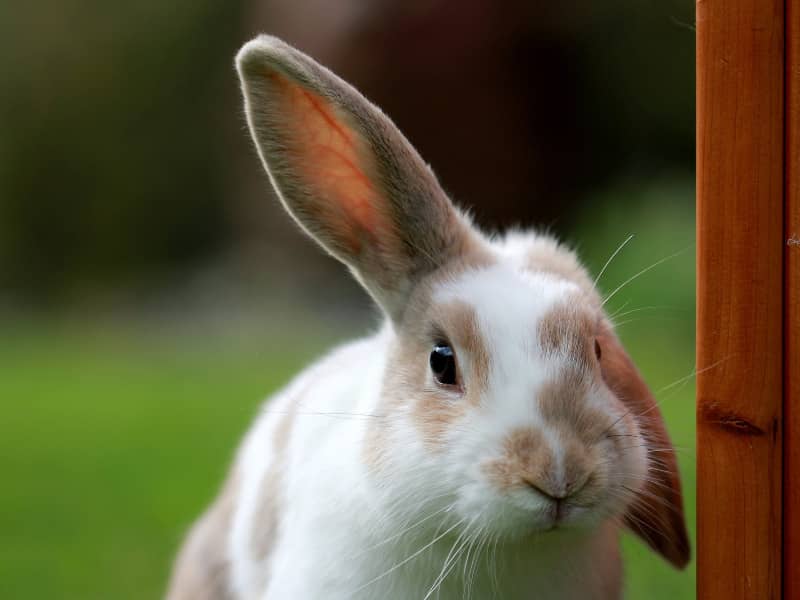
Can hedgehogs hear well? - Comparison with other animals
You may be wondering how a hedgehog's hearing compares to that of other animals. Here we look at the similarities and differences and how evolution has shaped hedgehogs' hearing.
Similarities and differences
In the animal kingdom, there is a wide range of auditory abilities that vary from species to species. How does the hedgehog compare? Firstly, the frequency range in which hedgehogs can hear is similar to that of many other mammals, particularly smaller rodents and some birds. They are particularly sensitive to mid-range frequencies, which are important for locating prey and communicating.
In contrast, animals such as bats or dolphins have much more sensitive hearing, which enables them to perceive ultrasonic frequencies. This allows them special forms of echolocation that are not available to hedgehogs.
Evolutionary aspects of hearing in hedgehogs
Evolution has shaped the hearing of hedgehogs in interesting ways. As hedgehogs are primarily nocturnal animals, good hearing is particularly important for them to survive in the dark. Their hearing has evolved over time to be well suited to the specific requirements of their lifestyle and survival strategies.
Auditory perception has adapted over the course of evolution to support efficient localization of prey, predator avoidance and social interaction. The hedgehog's hearing is therefore an excellent example of the specialized adaptations that occur in different animal species over the course of evolution.
Conclusion: Can hedgehogs hear well?
In this blog post, we have taken you on an exciting journey through the world of hedgehog hearing. From the anatomical basics to the special needs and abilities of these fascinating animals, we have shed light on many aspects. But to answer the question: Yes, hedgehogs can hear pretty well!
Their hearing is an important part of their survival and their interaction with the world. Whether in the search for food, avoiding danger or communicating with conspecifics - hearing plays a central role in many areas. Over the course of evolution, hedgehogs' hearing has developed in such a way that it is optimally adapted to their specific living conditions and survival strategies.
Compared to other animals, hedgehogs show both similarities and differences in their auditory abilities. They may not have the same range of hearing as some specialized animals such as bats or dolphins, but for their own needs and way of life, their hearing is quite remarkable.
Author

-
Garden animal - A life with nature
Welcome to my animal blog! My name is Dirk and I am happy to take you on my journey through the fascinating world of animals and gardening.
Born 54 years ago, I have had an insatiable curiosity for the animal world around me since childhood. Although I have moved professionally in other industries, my true passion has always been animals and nature. It is remarkable how a small garden has become such an important part of my life.
Many of my fondest memories are associated with the animals that share our home. Whether it's the curious squirrels that scurry across the trees in the morning, the colorful variety of birds that visit our feeders, or the busy bees and butterflies that pollinate our flowers, every moment with them is invaluable to me.
This blog is my contribution to share my experiences, discoveries and insights with like-minded people. Here I will share stories of unforgettable encounters with animals, give tips on gardening and creating wildlife-friendly habitats, and take you on my journeys through nature.
Thank you so much for being here!
Cordial,
Dirk aka garden animal
Last posts
- 27. February 2024PetsVeganes Hundefutter – Grün und Gesund?
- 18. January 2024ChickensOregano für Hühner
- November 27, 2023HamsterDiurnal hamsters
- November 24, 2023HamsterHamster hammock

